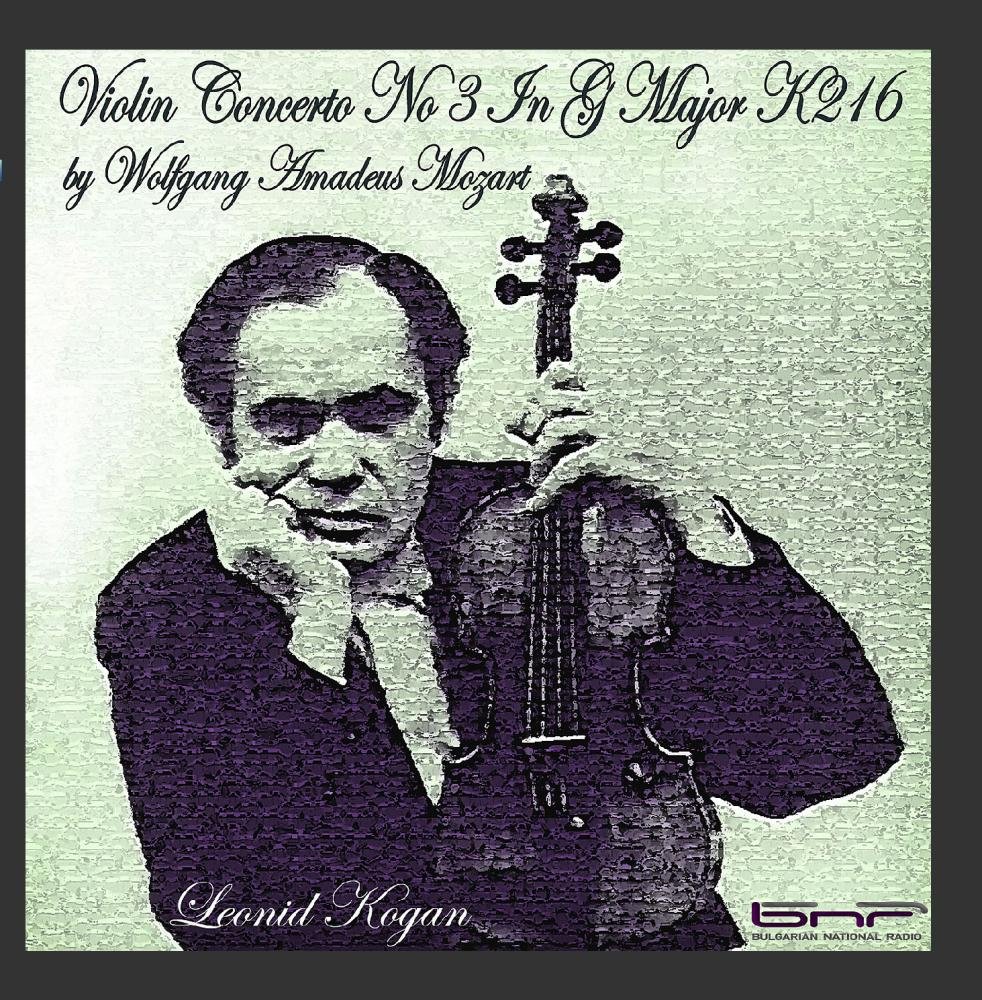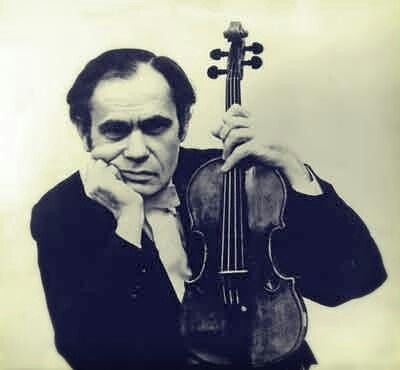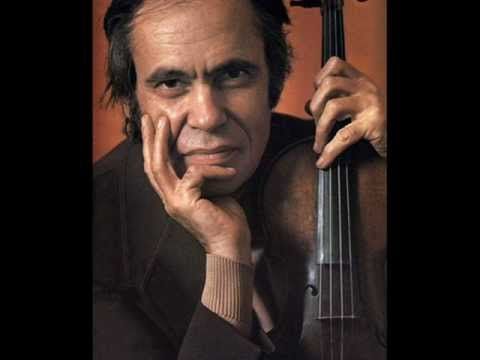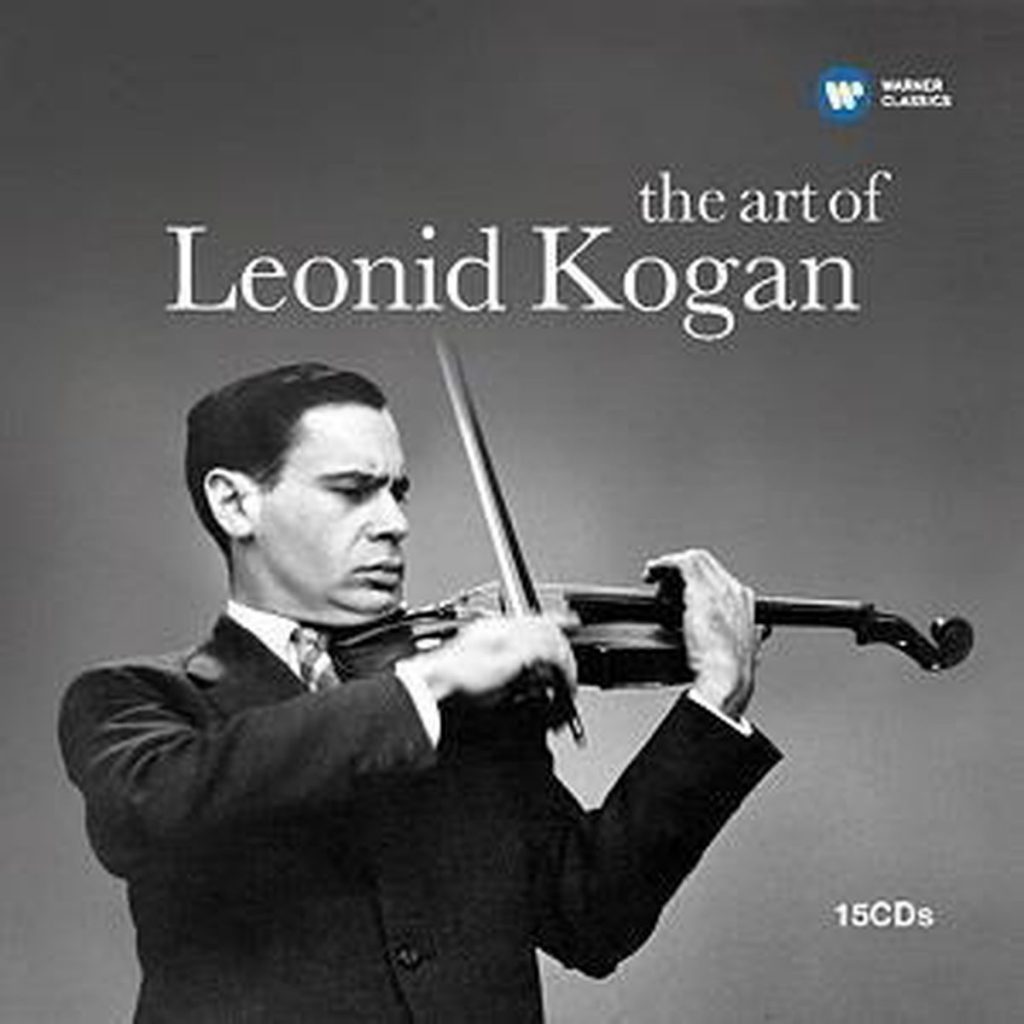




Биография
Леонид Коган родился 14 ноября 1924 года в Екатеринославе (ныне — Днепр, Украина) в семье фотографа.
Учился с 1933 года в Москве, в Особой детской группе, с 1936 года — в Центральной музыкальной школе при Московской консерватории им. П. И. Чайковского в классе А. И. Ямпольского, у него же окончил в 1948 году Московскую консерваторию им. П. И. Чайковского, в 1953 году — аспирантуру.
С 1944 года — солист Московской филармонии.
С 1952 года и до конца дней преподавал в Московской консерватории (с 1963 — профессор, с 1969 — заведующий кафедрой скрипки). Среди учеников — А. Б. Корсаков, Н. Л. Яшвили, И. Х. Груберт, В. И. Жук, И. А. Медведева, В. Ю. Муллова, В. Г. Иголинский[2][3] и другие известные скрипачи.
Могила Когана на Новодевичьем кладбище Москвы.
Был одним из самых ярких представителей советской скрипичной школы, представляя в ней «романтически-виртуозное» крыло. Он всегда давал много концертов и часто, ещё с консерваторских лет, гастролировал за рубежом (с 1951) во многих странах мира (Австралия, Австрия, Англия, Бельгия, ГДР, Италия, Канада, Новая Зеландия, Польша, Румыния, США, ФРГ, Франция, страны Латинской Америки). В репертуаре были представлены, примерно в равных пропорциях, все основные позиции скрипичного репертуара, в том числе и современная музыка: Л. Когану посвящены Концерт-рапсодия А. И. Хачатуряна, скрипичные концерты Т. Н. Хренникова, К. А. Караева, М. С. Вайнберга, А. Жоливе; для него начал создавать свой третий (неосуществлённый) концерт Д. Д. Шостакович. Был непревзойдённым исполнителем сочинений Н. Паганини (в 1982 озвучил скрипку великого гения в фильме «Никколо Паганини»), а также виртуозных миниатюр Г. Венявского, П. Сарасате, Ф. Крейслера, Ф. Ваксмана и разного рода эффектных скрипичных транскрипций.
С 1958 по 1974 годы был членом жюри ряда международных конкурсов, а в 1978 и 1982 годах — председателем жюри Международного конкурса им. П. И. Чайковского
Член КПСС с 1954 года.
Леонид Борисович Коган умер 17 декабря 1982 года от сердечного приступа под Москвой, в Мытищах, во время железнодорожной поездки из Москвы на концерт в Ярославль, где он должен был выступать со своим сыном[4]. Похоронен в
Москве на Новодевичьем кладбище (участок № 2).
Леонід Борисович Коган; 14 November 1924 – 17 December 1982) was a preeminent Soviet violinist during the 20th century. Many consider him to be among the greatest violinists of the 20th century. In particular, he is considered to have been one of the greatest representatives of the Soviet School of violin playing.
Kogan was born to a Ukrainian Jewish family in Dnipropetrovsk, Ukraine, the son of a photographer. After showing an early interest and ability for violin playing, his family moved to Moscow, where he was able to further his studies. From age ten he studied there with the noted violin pedagogue Abram Yampolsky. In 1934, Jascha Heifetz played concerts in Moscow. “I attended every one,” Kogan later said, “and can remember until now every note he played. He was the ideal artist for me.” When Kogan was 12, Jacques Thibaud was in Moscow and heard him play. The French virtuoso predicted a great future for Kogan.
Kogan studied at the Central Music School in Moscow (1934–43), then at the Moscow Conservatory (1943–48), where he studied as a postgraduate (1948–51).
At the age of 17, and while still a student, he performed throughout the USSR. He was co-winner of the first prize at the World Youth Festival in Prague. In 1951, Kogan won first prize at the Queen Elizabeth Competition in Brussels with a dazzling performance of Paganini‘s first concerto that included an outstanding interpretation of Sauret‘s cadenza.
His official debut was in 1941, playing the Brahms Concerto with the Moscow Philharmonic Orchestra in the Great Hall of the Moscow Conservatory.
His international solo tours took him to Paris and London in 1955, and then South America and the United States in the following years. Kogan had a repertoire of over 18 concerti and a number of concerti by modern composers were dedicated to him.
In 1952, Kogan began teaching at the Moscow Conservatory, and in 1980 he was invited to teach at the Accademia Musicale Chigiana in Siena, Italy.The tomb of Leonid Kogan
Kogan, a brilliant and compelling violinist excelled in both the concerto repertoire and in chamber music, shunned publicity. His career was always overshadowed by that of David Oistrakh, who was strongly promoted by the Soviet authorities. Like Oistrakh, Kogan made a few studio recordings in the West, mostly for EMI. The bulk of his recordings were made in the Soviet Union, however, and their availability outside that country was very rare until the release of the Brilliant box set “Historic Russian Archives Leonid Kogan Edition”
Kogan was made an Honoured Artist in 1955 and a People’s Artist of the USSR in 1964. He received the Lenin Prize in 1965.
Kogan married Elizabeth Gilels (sister of pianist Emil Gilels Елизаве́та Григо́рьевна Ги́лельс), also a concert violinist https://en.wikipedia.org/wiki/Elizabeth_Gilels. His son, Pavel Kogan (b. 1952) became a famous violinist and conductor. His daughter, Nina Kogan (b. 1954), is a concert pianist and became the accompanist and sonata partner of her father at an early age.
Kogan was Jewish.
Kogan died of a heart attack in the city of Mytishchi, while travelling by train between Moscow and Yaroslavl to a concert he was to perform with his son. Two days before, he had played the Beethoven Violin Concerto in Vienna. He was buried in Novodevichy Cemetery.
Many speculate that Kogan played on all steel strings, though there is not an outright confirmation. While his close associates indicate he played on gut strings with a steel ‘e’, it is most likely that he used different combinations over the course of his career.
Instruments
Kogan used two Guarneri del Gesù violins: the 1726 ex-Colin and the 1733 ex-Burmester. He used French bows by Dominique Peccatte. Kogan never actually owned these instruments; they were provided on loan from the Soviet government. Today they are worth more than US$4 million. https://en.wikipedia.org/wiki/Leonid_Kogan


A brilliant and compelling, yet shy artist, his profile has been sadly somewhat overshadowed in history by contemporary David Oistrakh – whose career was more significantly supported by the Soviet authorities.
